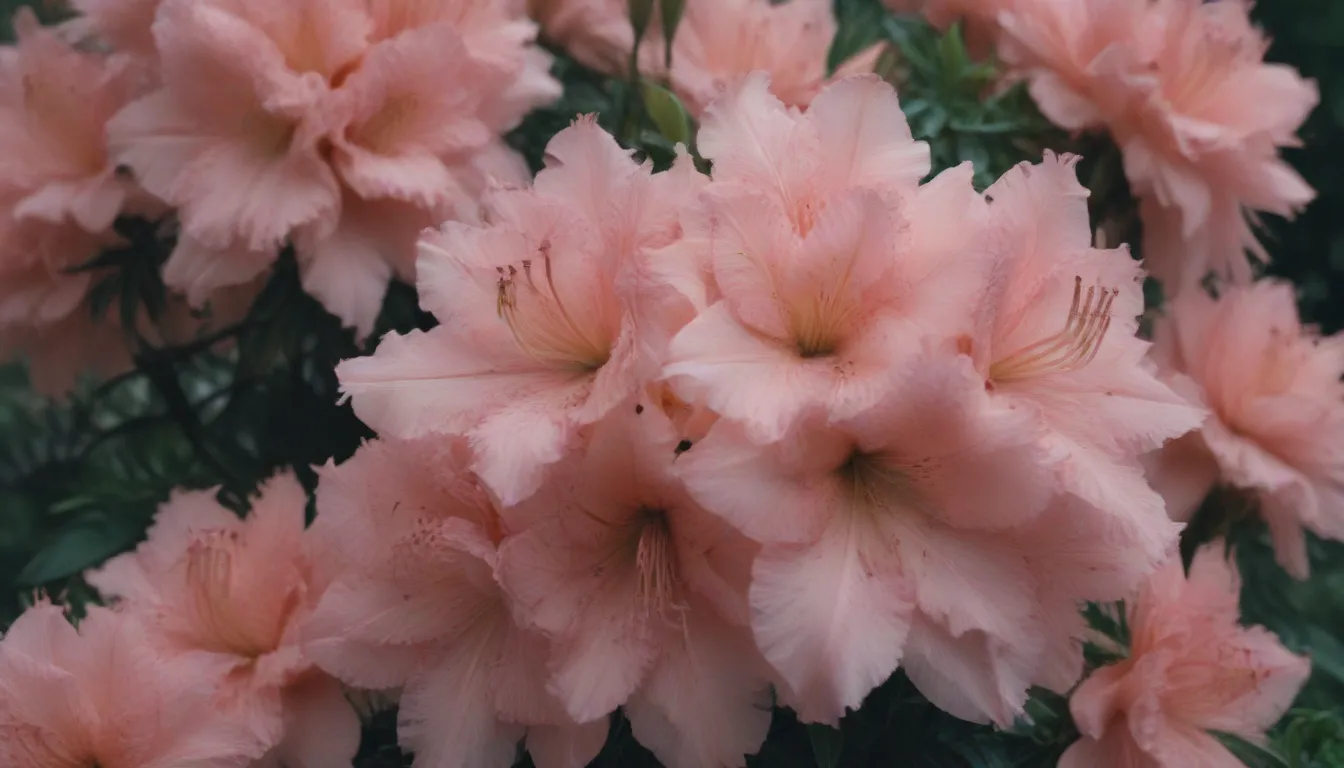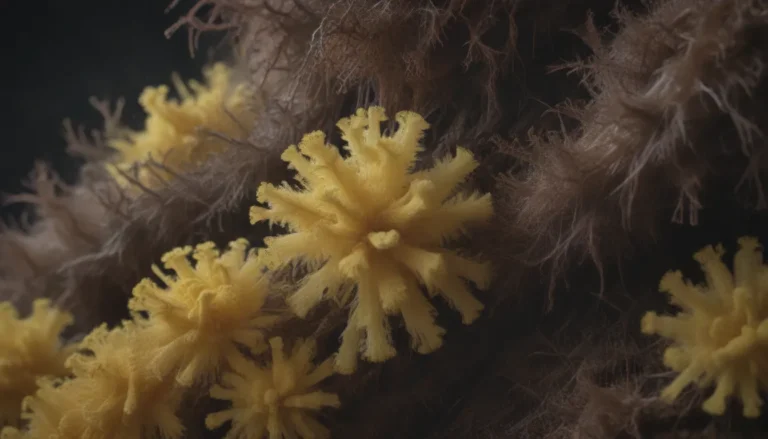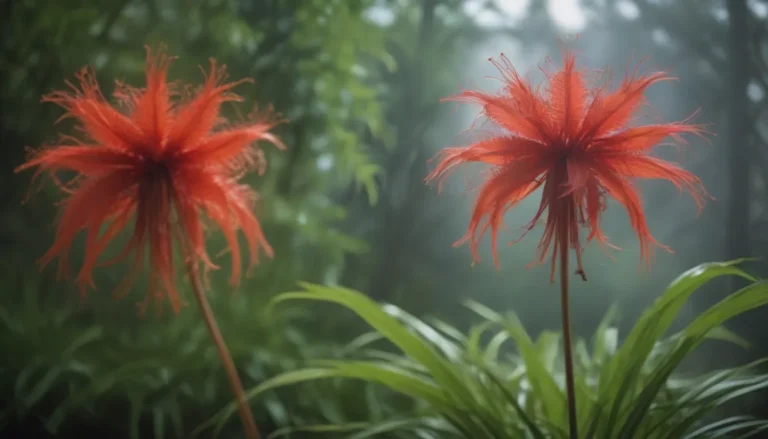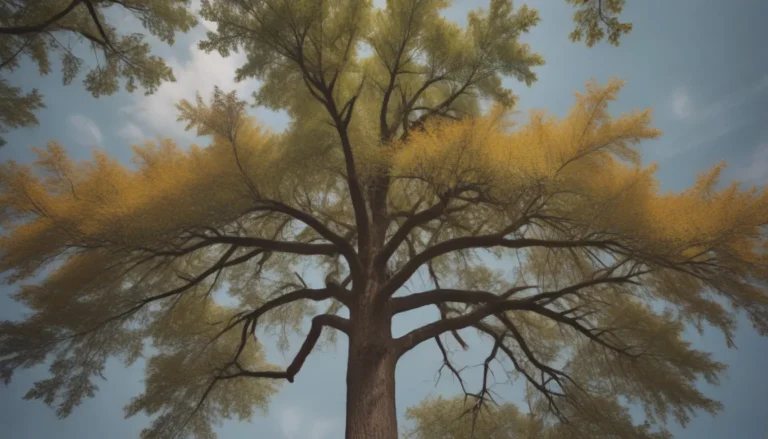Everything You Need to Know About Azaleas for Your Flower Garden

If you live in the United States, particularly in the Southeast, chances are you’ve marveled at the beauty of azalea shrubs in full bloom during the spring. These vibrant flowers, part of the Rhododendron species, add a burst of color to woodland gardens from late March to early April. With centuries of selective breeding and thousands of cultivars derived from hundreds of species, azaleas have become a staple in gardens across the country.
The Difference Between Azaleas and Rhododendrons
Before we dive into the different types of azaleas you can add to your garden, let’s briefly understand the distinction between azaleas and rhododendrons. While both belong to the Rhododendron genus, azaleas have 5 stamens in their flowers, while rhododendrons have 10. Azaleas also tend to have smaller leaves and branches, are often deciduous, and bloom earlier than rhododendrons.
Tips for Growing Azaleas
Like their rhododendron relatives, azaleas thrive in rich, acidic soil with a pH of 4.5 to 6.0. To ensure your azaleas flourish, consider mulching regularly with pine needles or other acid-rich organic materials. Additionally, feeding them with an acidifying fertilizer can help maintain optimal soil conditions for growth.
Now, let’s explore 10 popular types of azaleas that you can consider adding to your flower garden:
‘Northern Hi-Lights’
- Description: Showy, fragrant blooms cream to pale yellow with bright yellow highlights.
- Native Area: USA
- USDA Growing Zones: Varies
- Height: Varies
- Sun Exposure: Full to partial sun
- Maintenance: Remove spent flowers, ensure adequate soil moisture
‘Lemon Lights’
- Description: Light yellow blooms blending into a golden tone near the throat.
- Native Area: USA
- USDA Growing Zones: Varies
- Height: Up to 6 feet
- Sun Exposure: Full sun to partial shade
- Maintenance: Maintain adequate soil moisture, prune after blooming
‘Encore Autumn Amethyst’
- Description: Purple blooms and attractive purple winter foliage with periodic blooms throughout the season.
- Native Area: USA
- USDA Growing Zones: Varies
- Height: Varies
- Sun Exposure: Full sun to partial shade
- Maintenance: Remove spent blooms promptly for continuous flowering
‘Hot Shot’
- Description: Vivid red blooms on a low-growing evergreen plant.
- Native Area: USA
- USDA Growing Zones: Varies
- Height: Varies
- Sun Exposure: Full sun to partial shade
- Maintenance: Protect from winter weather damage, ensure good drainage
‘Variegated Gem’
- Description: Three seasons of interest with bright pink blooms, white-edged summer foliage, and red fall leaves.
- Native Area: USA
- USDA Growing Zones: 4
- Height: Up to 5 feet
- Sun Exposure: Full sun to partial shade
- Maintenance: Little pruning needed, plant in sheltered location
‘Fireball’
- Description: Orange-red blossoms on a cold-tolerant, deciduous plant.
- Native Area: USA
- USDA Growing Zones: Varies
- Height: Varies
- Sun Exposure: Full sun to partial shade
- Maintenance: Maintain moist, fertile, and acidic soil
‘Fashion’
- Description: Coral blooms attracting hummingbirds, evergreen shrub requiring partial shade.
- Native Area: USA
- USDA Growing Zones: Varies
- Height: Varies
- Sun Exposure: Partial shade
- Maintenance: Regular watering, fertilization after blooming
‘Mandarin Lights’
- Description: Rust-colored blooms with a sweet fragrance on an extremely hardy plant.
- Native Area: USA
- USDA Growing Zones: 3
- Height: Varies
- Sun Exposure: Full sun to partial shade
- Maintenance: Evenly moist soil enriched with composted leaves or manure
‘Snow’
- Description: Trumpet-shaped clusters of white blooms on a slow-growing plant.
- Native Area: USA
- USDA Growing Zones: Varies
- Height: Varies
- Sun Exposure: Full sun to partial shade
- Maintenance: Rich, acidic, evenly moist, and well-draining soil
Korean Azalea
- Description: Fragrant, rose-colored flowers in early spring with orange-red foliage in the fall.
- Native Area: USA
- USDA Growing Zones: Varies
- Height: Varies
- Sun Exposure: Full sun to partial shade
- Maintenance: Rich, acidic, evenly moist soil with good drainage
With these diverse options, you can create a stunning azalea-filled garden that will impress your neighbors and attract beneficial pollinators like butterflies and hummingbirds. Whether you prefer vibrant colors, showy blooms, or seasonal foliage interest, there’s an azalea variety to suit every gardener’s preferences.
Now that you have a better understanding of the variety of azaleas available for your flower garden, it’s time to roll up your sleeves and start planting! Remember to provide the necessary care and maintenance to ensure your azaleas thrive and continue to beautify your outdoor space for years to come.





